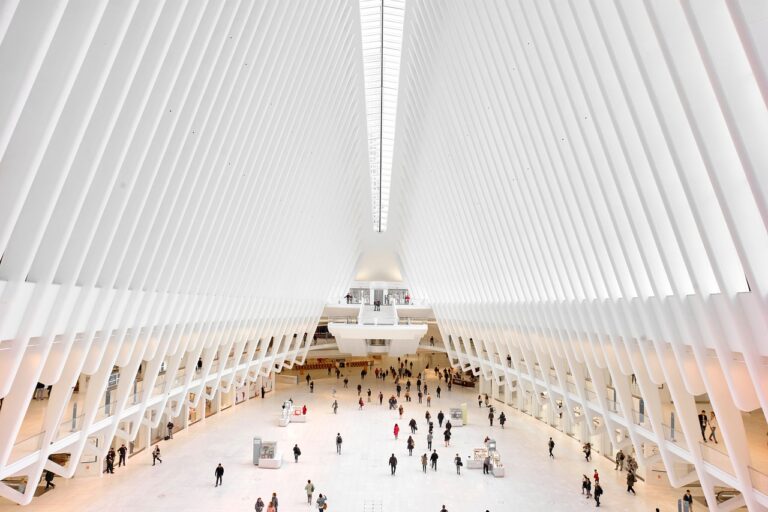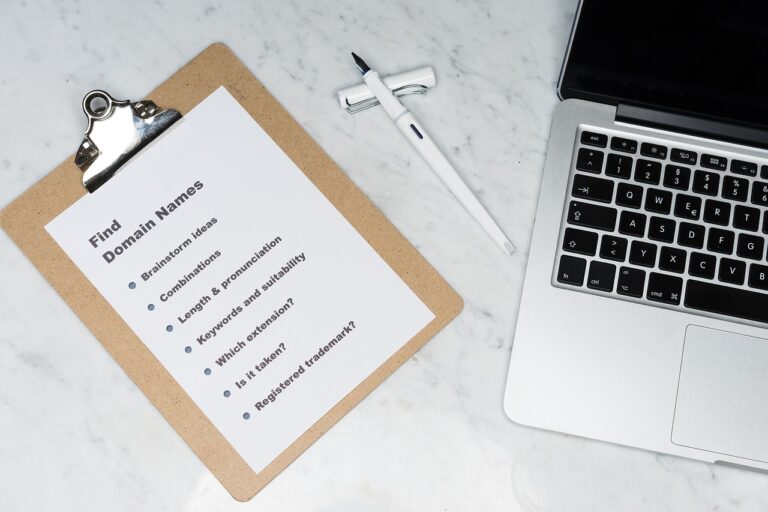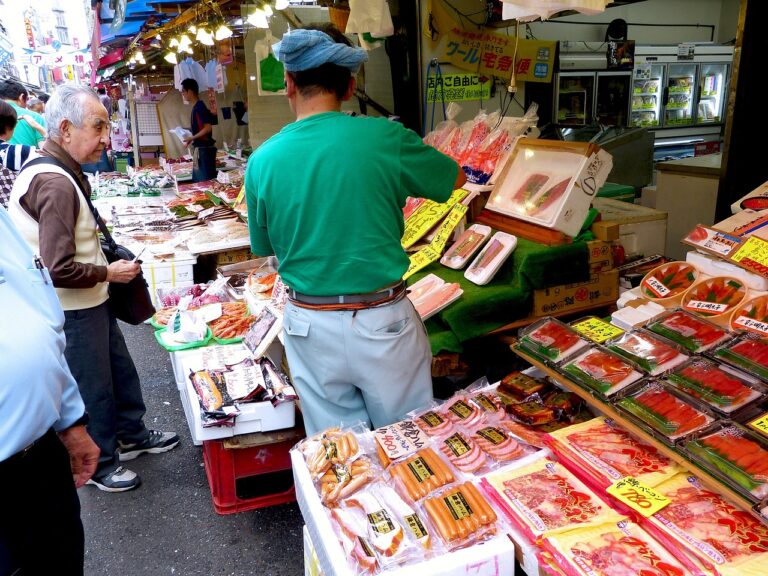Analyzing the Success of Pop-Up Shops in Retail Marketing
Pop-up shops have become a popular trend in retail marketing, offering brands a temporary physical presence to engage with customers in a unique and interactive way. These temporary retail spaces are designed to create a sense of urgency and exclusivity, driving foot traffic, generating buzz, and ultimately boosting sales. In this article, we will analyze the success of pop-up shops in retail marketing, exploring the reasons behind their popularity, their impact on brand awareness and sales, and best practices for creating a successful pop-up shop.
What is a Pop-Up Shop?
A pop-up shop is a temporary retail space that is set up for a short period of time, often in a high-traffic location such as a shopping mall, a street corner, or a vacant storefront. Pop-up shops can be used by both established brands and emerging designers to showcase their products, launch new collections, test new markets, or create a unique brand experience for customers.
Reasons Behind the Popularity of Pop-Up Shops
There are several reasons why pop-up shops have become a popular marketing strategy for brands:
- Creating a Sense of Urgency: Pop-up shops are temporary by nature, creating a sense of urgency that encourages customers to visit the store and make a purchase before it disappears.
- Generating Buzz: The temporary and exclusive nature of pop-up shops can generate buzz and excitement among customers, driving foot traffic and attracting media attention.
- Testing New Markets: Pop-up shops provide brands with an opportunity to test new markets and gauge customer interest in a particular location before making a long-term commitment.
- Building Brand Awareness: Pop-up shops can help brands increase their visibility and reach new customers who may not be familiar with their products or online presence.
Impact of Pop-Up Shops on Brand Awareness and Sales
Pop-up shops can have a significant impact on brand awareness and sales, leading to increased customer engagement, brand loyalty, and revenue. Some key benefits of pop-up shops include:
- Increased Foot Traffic: Pop-up shops can attract a large number of visitors, especially if they are well-promoted and strategically located in high-traffic areas.
- Boost in Sales: Pop-up shops can drive impulse purchases and an increase in sales, as customers are more likely to make a purchase when they have the opportunity to interact with the products in person.
- Data Collection: Pop-up shops can be used as a data collection tool to gather customer feedback, preferences, and purchase behavior, which can inform future marketing strategies and product development.
- Brand Engagement: Pop-up shops offer brands a unique opportunity to engage with customers in a physical space, creating a memorable brand experience that can lead to greater brand loyalty and advocacy.
Best Practices for Creating a Successful Pop-Up Shop
When planning a pop-up shop, it is important to consider the following best practices to maximize its success:
- Define Your Goals: Clearly define your objectives for the pop-up shop, whether it is to launch a new product, increase brand awareness, or drive sales.
- Choose the Right Location: Select a high-traffic location that is in line with your target audience and brand image to maximize foot traffic and exposure.
- Create a Memorable Experience: Design the pop-up shop to reflect your brand identity and create a memorable experience for customers through interactive displays, workshops, or exclusive events.
- Promote Your Pop-Up Shop: Generate buzz and excitement around your pop-up shop through social media, influencer partnerships, and local PR to attract visitors and increase sales.
- Measure Success: Track key performance indicators such as foot traffic, sales, customer engagement, and social media impressions to evaluate the success of your pop-up shop and inform future marketing strategies.
FAQs
Q: How long do pop-up shops typically last?
A: Pop-up shops can last anywhere from a few days to a few months, depending on the brand’s objectives and budget.
Q: What are some examples of successful pop-up shops?
A: Some examples of successful pop-up shops include Nike’s Air Max Day pop-up in Tokyo, Glossier’s pop-up in New York City, and Target’s holiday pop-up in Times Square.
Q: How can brands measure the success of their pop-up shops?
A: Brands can measure the success of their pop-up shops by tracking key performance indicators such as foot traffic, sales revenue, customer engagement, social media impressions, and customer feedback.
Overall, pop-up shops are a powerful marketing tool that can help brands increase brand awareness, drive sales, and engage with customers in a unique and memorable way. By following best practices and measuring key performance indicators, brands can create successful pop-up shops that leave a lasting impression on customers and contribute to their overall marketing strategy.







